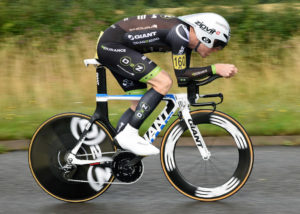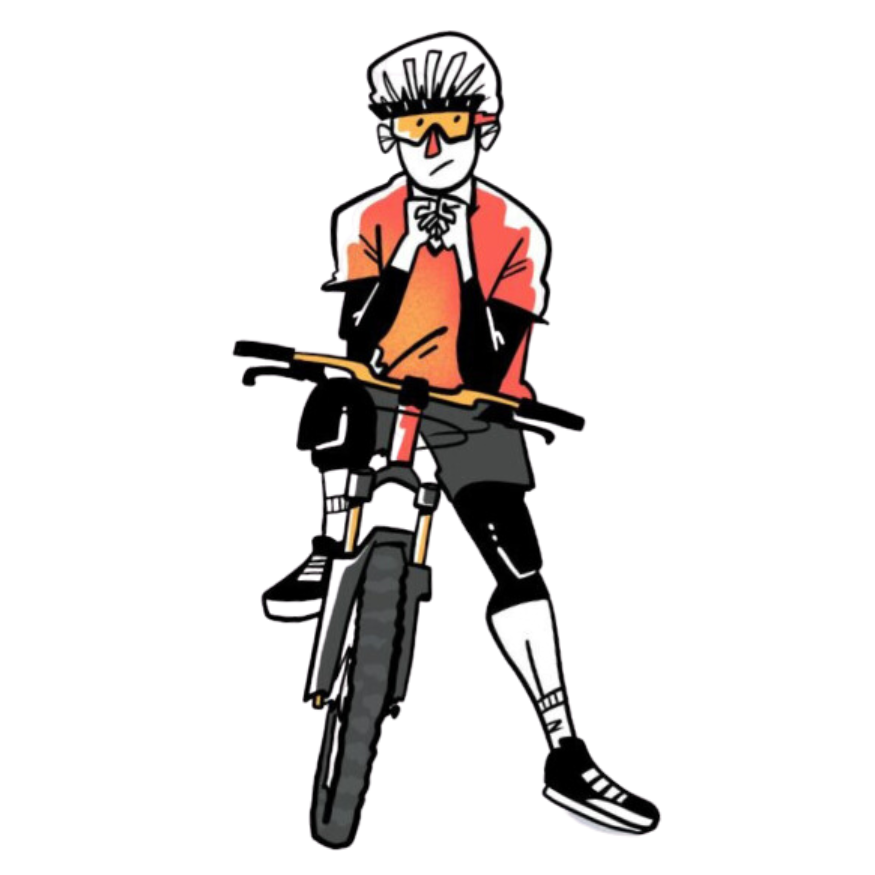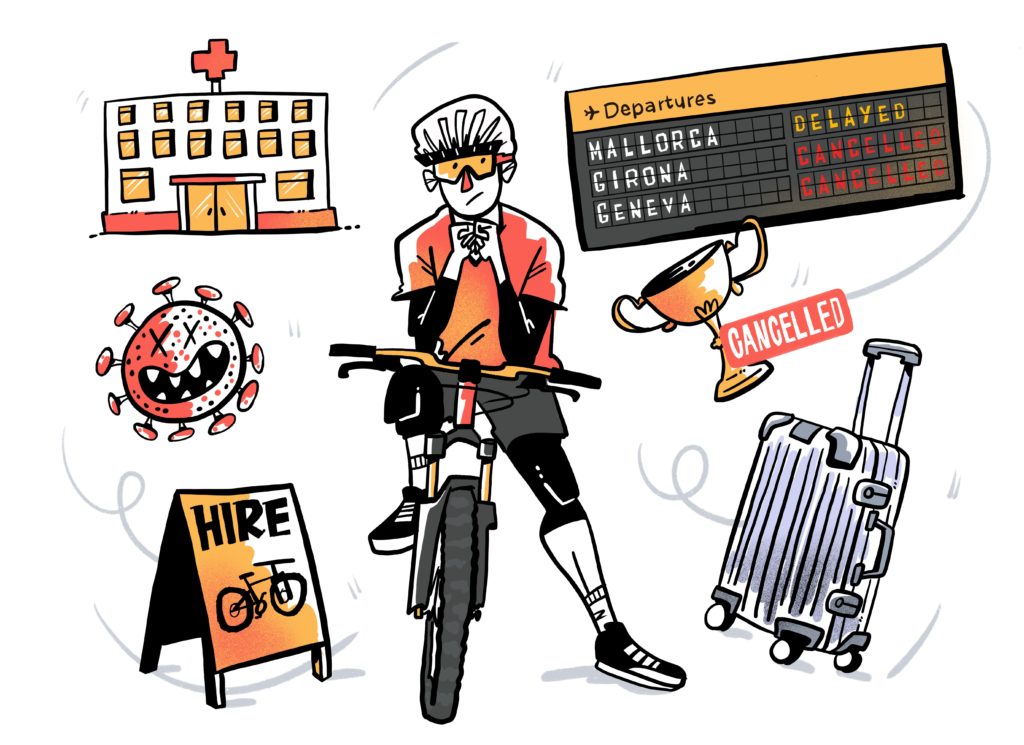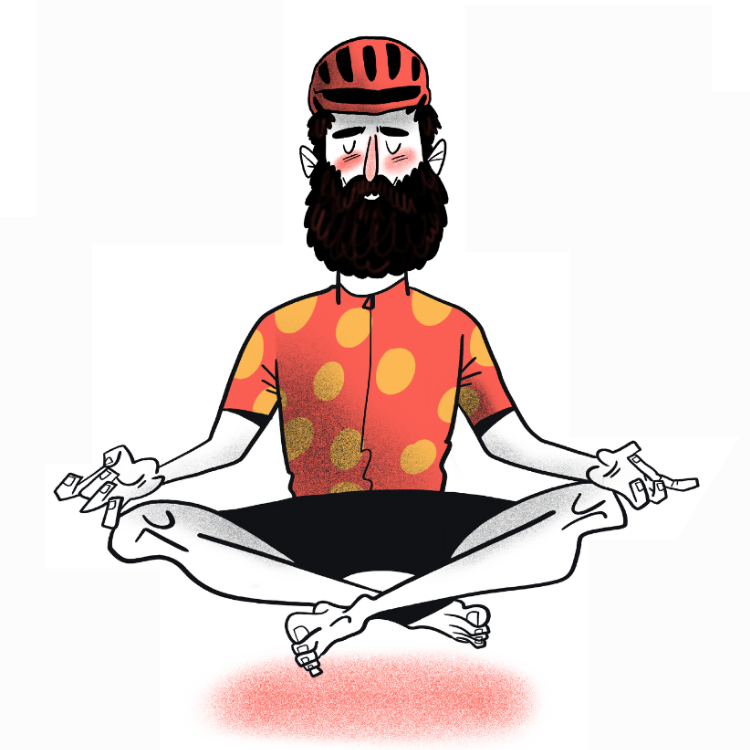It’s hard to believe that it’s been nearly two weeks since the first edition of the Tour de France Femmes came to its climactic close atop La Super Planche Des Belles Filles. With this in mind though, we have now had the opportunity to take a step back and truly appreciate just what an overarching success the race really was. Today we’ll be taking a closer look at some of the main talking points regarding the race’s present and future, including how the race was won, its sponsorship deal with Zwift, the viewing figures and more.
Following the script
Before the action got underway in Paris, almost every preview predicted the race to follow the same pattern, with the Dutch superstars set to dominate in every aspect. It is fair to say that this is exactly what happened.
The opening few stages were all set to suit the sprinters and puncheurs, with Lorena Wiebes and Marianne Vos two of the main favourites to take stage victories and the race lead. Both riders took home two stage wins and had the chance to don the yellow and green jerseys before the race hit the mountains on stage 7. This is where the script was scheduled to change in favour of the GC contenders, namely Annemiek van Vleuten.
Van Vleuten took both mountain stages with relative ease, Demi Vollering of SD Worx following her home each day. The Movistar starlet had already won the Giro just a few weeks prior to this race, therefore completing a legendary Grand Tour double atop ‘La Planche’.
From a racing standpoint it is easy to be critical of an event that follows the script that was laid out weeks, if not months beforehand. However, with this being the very first edition of the Tour de France Femmes, it was important that the biggest stars shone brightly. The main reason for this is that it keeps the race and team sponsors happy, but it also promotes the need for more investment in the lower echelons of the sport in order to provide stiffer competition to the likes of Van Vleuten in future editions.
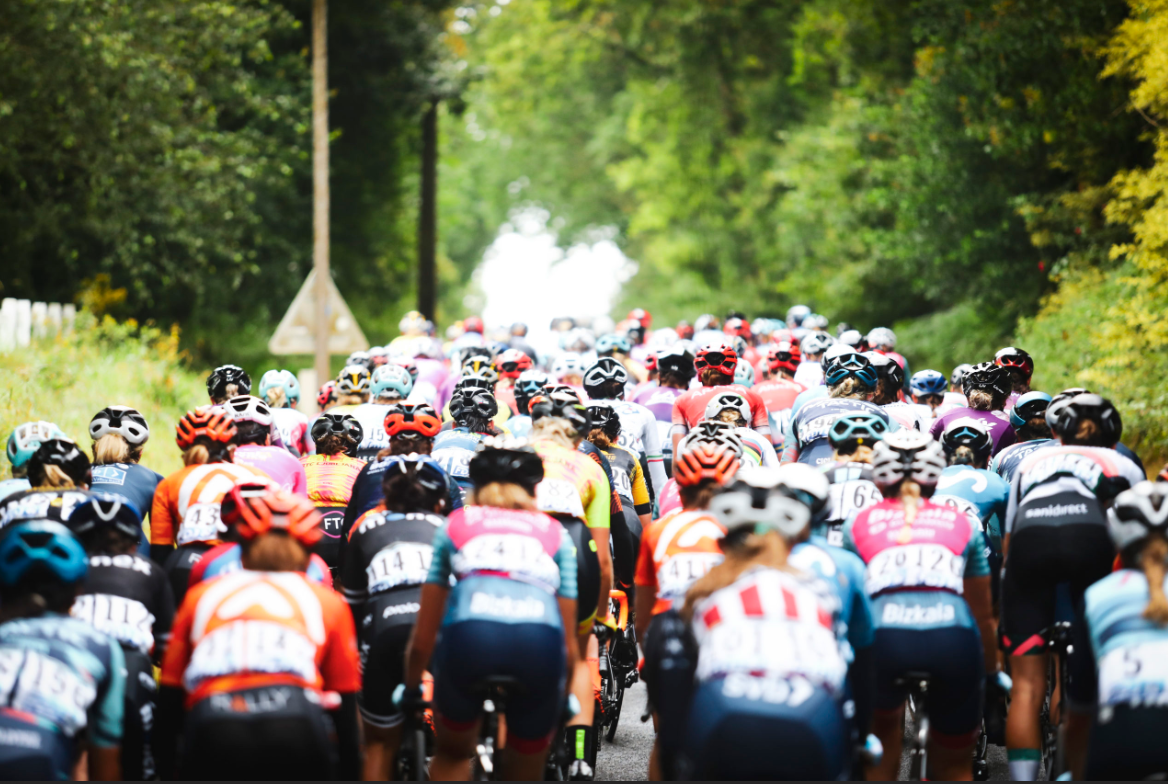
Promising viewing figures
One of the major concerns going into the race was whether the cycling public’s interest in the race would still be as high as it is for the Tour de France Hommes. Race organisers Amaury Sport Organisation (ASO) therefore rolled out a major advertising campaign that implored supporters to ‘Watch the Femmes’ and they did just that.
Throughout the eight stages, the race held an average of 2.25 million viewers in France alone (a quarter of the total viewership in the country). During the final stage of the race, the audience peaked at 5.1 million viewers.
Over in the Netherlands, home of every jersey winner, a final stage high of 45% of viewers tuned in to see their homeland heroes dominate in France.
Meanwhile, on social media, the race’s official channels reached over 22 million people, thus proving that interest in the women’s peloton has never been higher.
While there is currently no way of comparing these figures to any previous season, they are clearly very impressive.
Zwift sponsorship
As I’m sure you are aware by now, the official name of the race is the Tour de France Femmes avec Zwift. Virtual reality cycling company Zwift agreed a multi-year sponsorship deal with ASO that gave them the right to be lead title sponsors of the race.
This agreement is not only vital to the race coming into existence out of the ashes of the old ‘La Course’, but it is also crucial to its immediate future with the deal lasting until at least the 2025 season.
By this point however, both parties involved in the sponsorship want the race to be self-sustaining, meaning that a title partner would no longer be required from this point forward, like the men’s race. This is of course something of a pipe dream at present, with much more investment in women’s cycling required across the board before it can become a truly sustainable event in its own right.
Given the success of the race in so many areas though, it’s hard to see Zwift wanting to relinquish their ties with the event anytime soon. The chances are, it’s more likely that we will see sponsor involvement grow before it shrinks. For now, this is not a bad thing.
Future changes
With the success of the race perhaps surpassing even the wildest expectations of race director Marion Rousse, the former French national champion has hinted that there may well be some changes to the structure of the race in the near future.
The most major of the changes that Rousse has suggested would be to add a rider to each team’s roster in future editions, making it seven riders per team. This would of course change the race from a tactical standpoint, as teams would have more riders at their disposal for whatever roles that are required. This could also make the racing less predictable and give the favourites much more to think about tactically, thus combatting the earlier point made that the race followed a very set script this season.
Triple Crown incoming?
As was mentioned earlier, the great Van Vleuten has already taken both the pink and yellow jerseys from the Giro Donne and Tour de France Femmes, a quite historic double achieved by a fantastic talent. With the Ceratizit Challenge by La Vuelta on the horizon for the women’s peloton, 2022 is the first year in which a full Grand Tour season is on offer to them in decades (if the current five-stage offering can be considered a Grand Tour just yet…).
Who would bet against Van Vleuten completing the treble?
If the former world champion were to achieve this, she would become the first rider to hold all three iconic winner’s jerseys at once since Britain’s Chris Froome managed it in 2018. Perhaps more impressively though, Van Vleuten will have won them all in the same calendar year.
The Ceratizit Challenge by La Vuelta takes place from the 7-11th of September, taking in five stages on the road to Madrid. The route also includes a team time trial that will be sure to ruffle some feathers.
While five stages is perhaps pushing the Grand Tour definition somewhat, there are suggestions that the Vuelta may get an extension in the coming years, which would certainly add a shine to the triple crown. Not to mention it would give the women’s calendar even more structure than it has now with the Tour de France Femmes lighting up the height of summer.
The inaugural Tour de France Femmes was undoubtedly a huge success and looks set to keep on growing in the years to come. In theory this should cause a snowball effect that will increase interest in women’s cycling as a whole, which can only be a good thing. There will of course be tweaks to the race, as there always are following the first edition of any major sporting event. There are still plenty of exciting races to come in the Women’s WorldTour this season, and plenty to watch from the road side. If you’ve got the bug and are planning a trip, make sure to take out travel insurance with Pedal Cover to ensure that you are fully covered on your cycling adventures.





